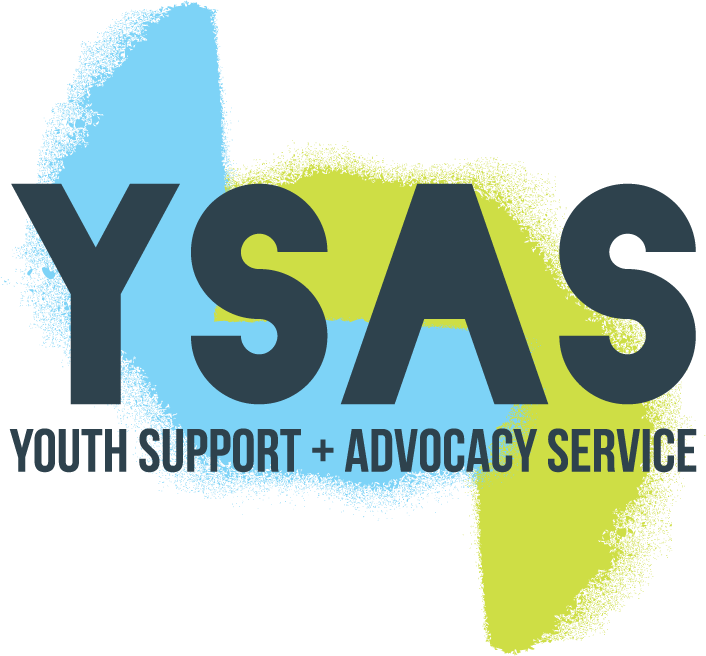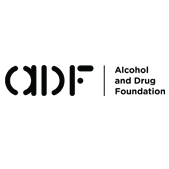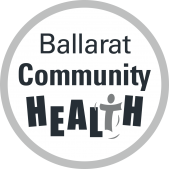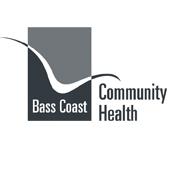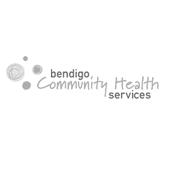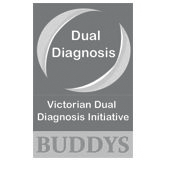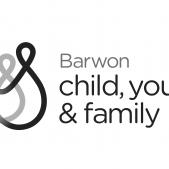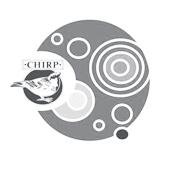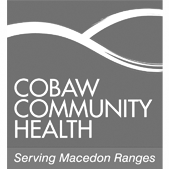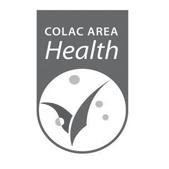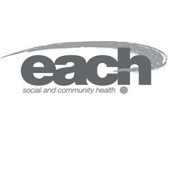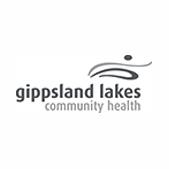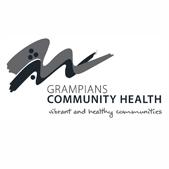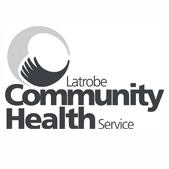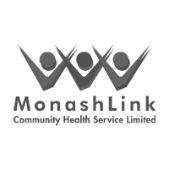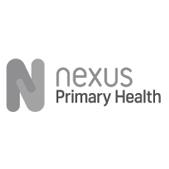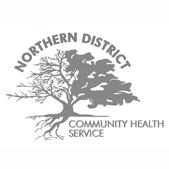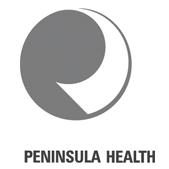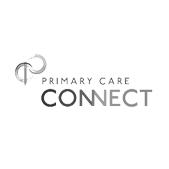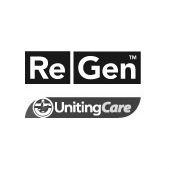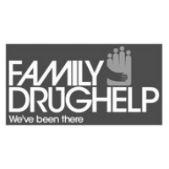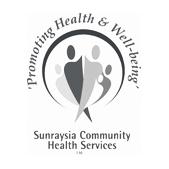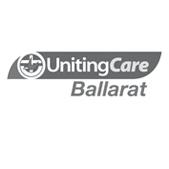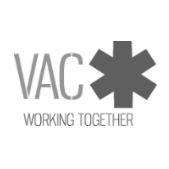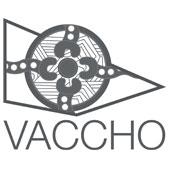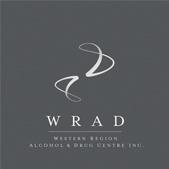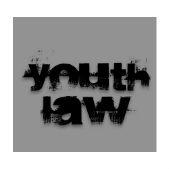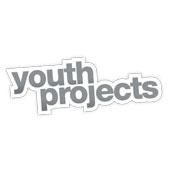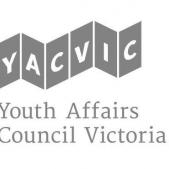Is experimenting, Is in treatment, Needs a service
Harm reduction
Understand the most effective tool we have to keep young people who are already using drugs, safe from harm.
Parenting is a lifelong process of harm reduction! Working out what risks a young child may take (climbing up onto the glass coffee table, eating dirt in the garden!) and being one step ahead is a necessity and an art form. What more there's no one way of doing it. Parents understand that to protect a child they need to balance a child’s need to explore, learn and grow with their need to be protected and kept safe. Sometimes being overprotective (or controlling) can be just as harmful as being neglectful.
In adolescence, harm reduction gets cranked up a notch. The 2 year old you could pick up and move to a safe place is now 15 and wants to go out with friends, unsupervised. In stretching their wings a young person is practicing skills they will need in adulthood. This healthy and necessary process can be terrifying to watch!
For some young people, experimentation with drug or alcohol use can be part of the process of testing who they are. For others, drug or alcohol develops when young people discover it helps them cope with life stresses that are also increasing at this time.
Regardless of the reasons a young person is using substances, the same harm reduction approach that parents are already experts in applies now, more than ever, to see young people safely through this period of their lives and on to healthy futures.
Surely just not using is the best way to reduce harm?
As any tobacco smoker will tell you ’just stopping’ is a slow process that can take multiple attempts. This is assuming a young person shares a loved ones goal to never use again. Harm reduction acknowledges that reducing use takes time and this is not everyone’s goal anyway. It also acknowledges the risks involved with substance use and the need to take practical steps to keep young people safe in the meantime. Though a loved one cannot stop the behaviour at least they can reduce the possible negative effects.
So how do you practice ‘harm reduction’ if a young person is using alcohol or other drugs?
There is no one way to reduce the harm from alcohol or drug use. For alcohol, drinking whilst supervised by adults in a safe environment might prevent the harms that come with sneaking around drinking in public places..
Teaching young people to drink a pot of water for every pot of beer, getting a taxi home, only drinking with trusted friends and avoiding using alcohol whilst taking prescribed medications are all harm minimisation strategies. Each drug will have different things you can do to stay safer and YoDAA workers are happy to talk through what these might be on a case by case basis. Also check out the young person’s section of our website, it is chock full of helpful tips and tricks to stay safe. Having enough phone credit to call home, knowing they can call if they need and being able to talk openly with you if they are scared or worried should not be underestimated as powerful strategies for harm minimisation.
Harm reduction as a first step towards taking control of drug use
Harm reduction can also be good way to start the journey of a young person, to making positive and safe decisions for themselves. Linking up with a drug and alcohol service in order to get some harm minimisation advice can also give young people a ‘foot in the door’ to the world of treatment, making it easy to take further steps later down the track if that’s what they need. Young people who are ambivalent (or opposed to) seeking drug and alcohol treatment sometimes won’t see an AOD worker to prevent substance but may consider seeing a worker to learn how to prevent harm.
Want to talk more about harm reduction and how it applies to a young person you care about take a look at our video.




